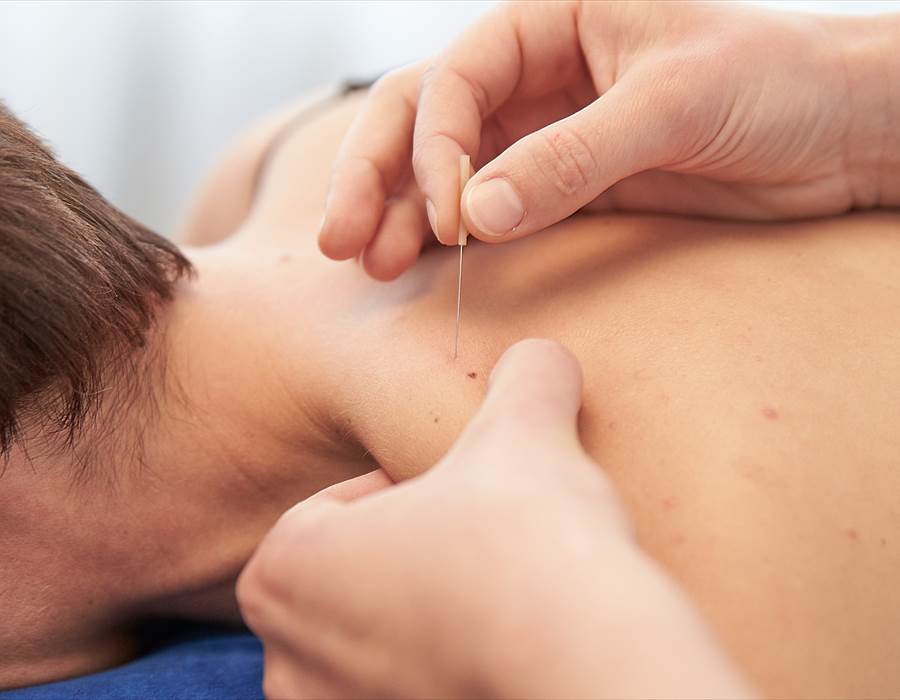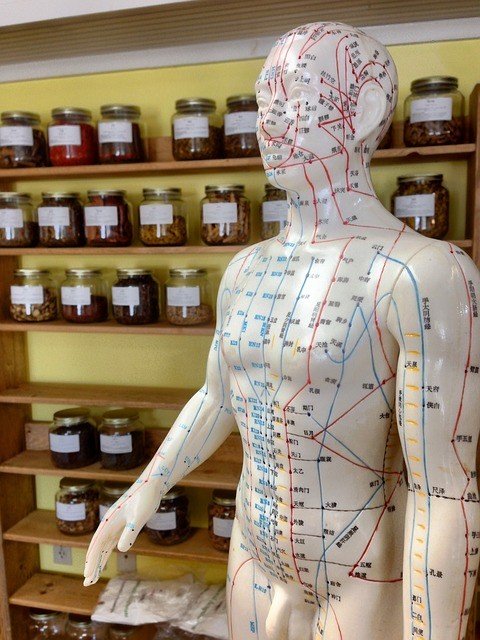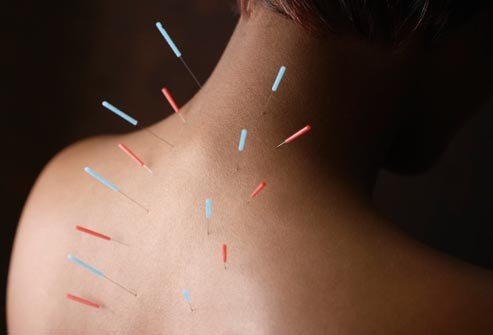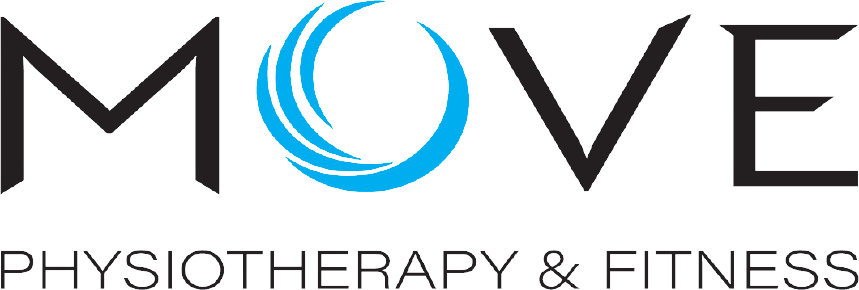Dry Needling vs Acupuncture: What You Need To Know | Move Physiotherapy Fremantle

Dry Needling and Acupuncture share some commonalities. Both practices involve the insertion of an ultrafine filament needle – often around one 5th the size of a hospital needle, if not smaller – into the body with the aim of relieving pain. In both practices, in contrast with wet needling, no solutions are injected into the body. Dry Needling refers to the needle being inserted directly into the knot or trigger point with the aim of reducing muscle tension and alleviating pain. Acupuncture can be used to achieve a similar pain relief, but is also used in Eastern Medicine for other reasons such as to reduce smoking cravings, weight loss and fertility amongst other uses.
Although Acupuncture has been used in Eastern Medicine for centuries, Dry Needling is a relatively new treatment utilised by Physiotherapists, and other health professionals. For this reason, there is often confusion about how each practice is different, how they work and whether treatment is effective.
Dry Needling
Quite simply, Dry Needling is the Western Medicine version of acupuncture. In this practice, the needle is inserted into a taut band of muscle with the aim of reducing muscle tension, improving mobility of the affected body part and reducing pain. There are a number of different styles when it comes to Dry Needling including:
- In and Out Technique: Simply this involves a technique where the needle is inserted and almost immediately withdrawn from the muscle.
- Trigger Point Technique: This occurs when the practitioner seeks out neuromuscular trigger points. When the needle is inserted into this trigger point, it produces a local twitch response – or a rapid contraction and relaxation of the trigger point.
- Non-Trigger Point Technique: This is a much gentler version of Dry Needling where the practitioner inserts needles around the trigger point. This can be useful in situations of significant pain or if a person is inexperienced with the practice.
It is suggested that Dry Needling stimulates blood flow to the needling site to provide fresh oxygen and nutrients, and to flush away acidic chemicals. Research has proven that this technique is effective in improving pain, reducing muscle tension and improving muscle extensibility.
Acupuncture

Acupuncture is a staple of Eastern Medicine which works on the principle of improving a person’s energy flow or Qi (pronounced: Chi). In Acupuncture treatment, needles are inserted to varying depths at different acupuncture points in the body. It is said that there are over 350 different acupuncture points. Proponents of acupuncture claim that in balancing this energy it can relieve pain, stress and anxiety. It is also used in practice to reduce smoking cravings, weight loss and fertility. However this practice remains controversial in Western Medicine.
In Chinese medicine, it is suggested that good health is a product of harmonious balance between “yin” and “yang”, which are the extremes of the life force known as Qi. All illnesses are suggested to be the consequence of imbalances in this yin and yang. It is suggested that your body “Qi” can be accessed through the 350 different acupuncture points. Modern neuroscience has demonstrated that these Qi points are places where the nerves, muscles and connective tissue can be stimulated. This results in increased blood flow and stimulates endorphin release, which, amongst other things, acts as a natural painkiller.
Acupuncture vs Dry Needling: Uses
Dry Needling can be used wherever trigger points or knots are causing tight bands of muscle in the system. It is also effective in targeting trigger points that are deeper within the muscle belly, which are difficult to release with traditional massage and deep tissue release. Common applications of Dry Needling include:
- Relieving headaches and tension in the neck and shoulders. These areas are a common source of headaches and migraines. Patients with this tightness can often experience almost instant results with Dry Needling treatment in conjunction with other physiotherapy techniques.
- In cases of acute injury the muscles can be too tender to withstand deep tissue massage. Dry needling can be used as a more gentle way of alleviating these trigger points without the pain and pressure of massage.
- Dry Needling is commonly used in the management of tendinopathies and overuse conditions such as Golfer’s Elbow and Tennis Elbow.
Acupuncture has also been demonstrated to improve aches and pains such as neck pain and headaches, low back pain and pain associated with osteoarthritis. The World Health Organisation also recognises the use of acupuncture in management of the following conditions:
- High and low blood pressure
- Chemotherapy induced nausea and vomiting
- Painful menstrual cycles and periods
- Fascial pain
- Morning sickness
- Dental pain
- Reducing the risk of stroke
- Inducing labour
Is Acupuncture and Dry Needling Painful?

Firstly, the insertion of needles into the skin is generally painless.
Acupuncture involves a very superficial placement of needles around the body. It is generally a pain free treatment as the needles are not inserted into a trigger point. These needles are then left in place for 20-30 minutes.
The pain associated with Dry Needling treatment depends on the technique used by the practitioner. Non-trigger point dry needling is less painful and often used in cases of acute pain. Trigger point dry needling is slightly more painful. There is pain associated with a local twitch response in muscles. Dry Needling can leave a post needling soreness that is akin to a deep tissue massage.
Are there risks involved with treatment?
Although extremely uncommon, these are invasive procedures, and as such there is a small risk of transmitted infections. To control for this risk, the needles used are packaged and single use only.
A very specific technique should be used for Dry Needling through the thoracic spine due to risk of a pneumothorax. Practitioners should exercise caution when needling muscles such as the rhomboids, supraspinatus, serratus anterior and iliocostalis. A pneumothorax occurs when the needle pierces the pleural cavity, which prevents expansion of lungs during inspiration. If suspected, you should seek medical attention immediately.
A small amount of bleeding and bruising can occur post treatment at the needle insertion type. For this reason, caution should be exercised if a person is taking blood thinners or has a bleeding disorder.
Final Messages
Both acupuncture and dry needling can be used to treat musculoskeletal pain.
Move Physiotherapy Fremantle offers Dry Needling appointments. You can book a Dry Needling appointment online here.
Frequently Asked Questions
How Do I Reduce Post Treatment Soreness?
To reduce post treatment muscle soreness, Move Physiotherapy Fremantle recommends that you increase you water intake after treatment. Using a hot pack or taking a hot shower or bath following treatment can also help.
How Many Dry Needling Sessions Do I Need?
Dry Needling is an effective tool for reducing muscle trigger points. These trigger points can often be resolved within 2-3 treatments.
If your pain is continuing after your treatment, we need to direct our treatment towards preventing this trigger points from recurring. Appropriate exercise rehabilitation may be required.
How Much Does Dry Needling Cost?
At Move Physiotherapy Fremantle, there is no additional cost for needling treatment. You will be charged at your usual physiotherapy appointment rate.
